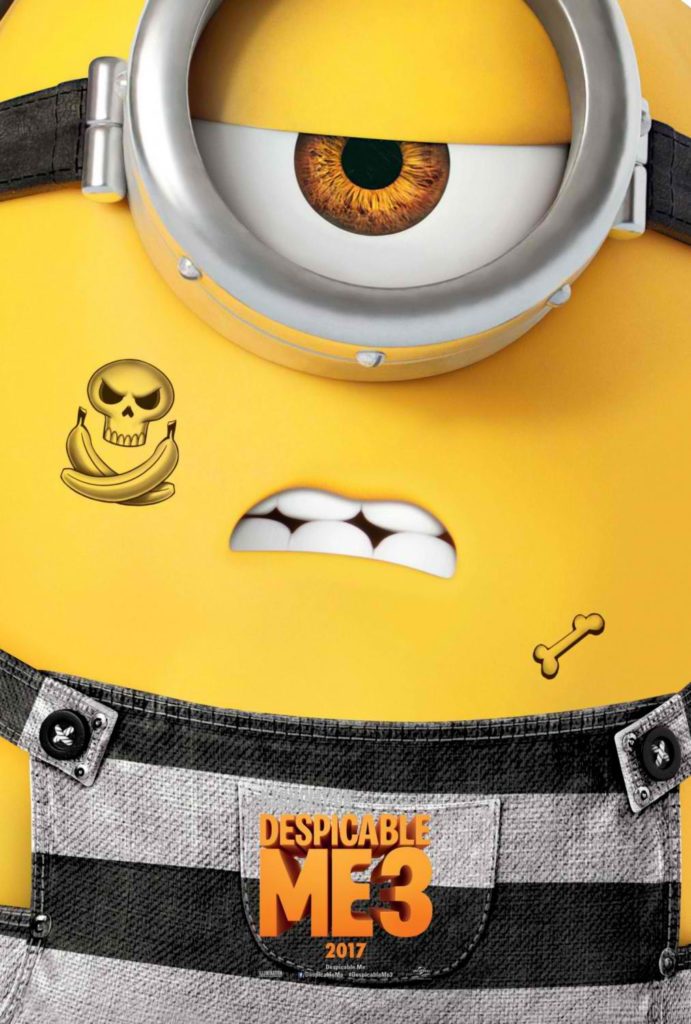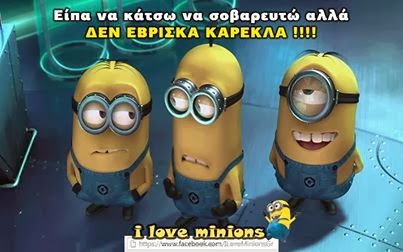


Universal Studios - parent company of Illumination, the animation studio that blessed us with Minions - did not put them there. When was the last time you went a week without seeing a Minion reference, a social media meme or ad or sign or logo? They’re the dominating cartoon menaces in America by a yellow landslide.Īnd they’re almost certainly on the walls of a number of day care facilities. But it’s easy to go a day or a week or longer without seeing a picture of Mickey Mouse. Mickey Mouse, created in 1928, is America’s preeminent cartoon hero - at least on paper, traditionally. And letting creators put those mascots on walls, signs, and indie products has arguably done the studio far more good than chasing down copyright violators ever would have. This was just ahead of the 1990 opening of Universal Studios Florida, where those Hanna-Barbera characters would serve as the park’s cartoon mascots.īut Universal Studios’ current cartoon mascots are far, far more ubiquitous than Fred. (Ironically, you can now watch that episode on Disney Plus.) After Disney struck down the unlicensed Mickeys, Universal jumped at the chance to replace the murals with Hanna-Barbera characters like Fred Flintstone. Disney’s move was infamous enough to become the basis of a 2008 Simpsons Treehouse of Horror segment where Krusty sandblasts unlicensed images of his face off the walls at Maggie’s day care and dies horribly as a result. The day care injunctions were unpopular among Florida locals. It was the first of its kind in America, and it’s colloquially known as “The Mickey Mouse Protection Act” due to its greatest benefactor - the company most known for fighting copyright expiration at any cost, and defending its brand regardless of public opinion.Ĭertainly that attitude has ruffled feathers. courts passed the Sonny Bono Act, an extension of various expiring copyrights, preventing them from becoming public domain. In 1989, The Walt Disney Company brought the legal hammer down on three Florida day cares for their murals featuring Mickey Mouse, Donald Duck, and other Disney characters. I do not need an article 20 years from now to warn me that drinking from them may be detrimental to my health - they’re clearly unlicensed merch.Ĭompare that ubiquity to how aggressively Disney handles its trademarked characters. My roommate brought off-brand, vaguely yellow Minion shot glasses home from a trip to the Florida Keys. They’re on party supply store balloon displays, bakery chalkboards, QAnon protest signs, and cannabis-dispensary window murals, where they all look higher than usual. The babbling sidekicks from Despicable Me and its spinoffs can be seen on Facebook mental health pages, on Instagram posts announcing a baby was born, and on the sides of landscaping trucks. If aliens ever discover our deserted planet at some point in the future, they may mistake the Minions for a hieroglyphic language our species once used to communicate.


 0 kommentar(er)
0 kommentar(er)
